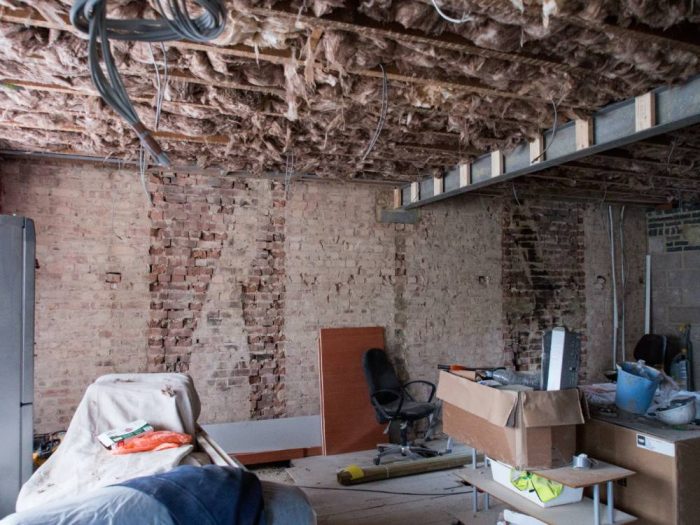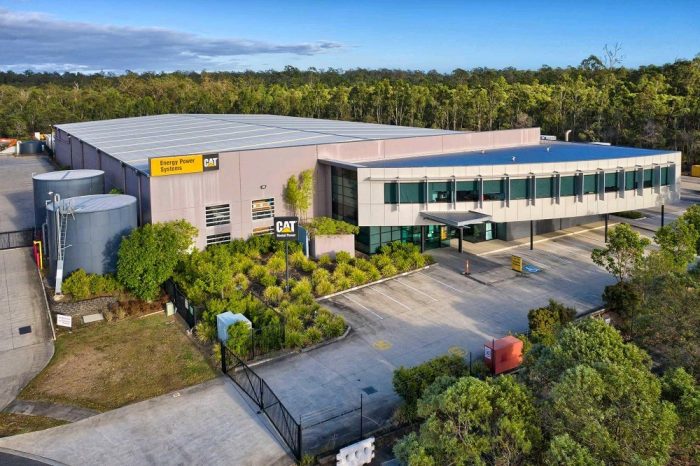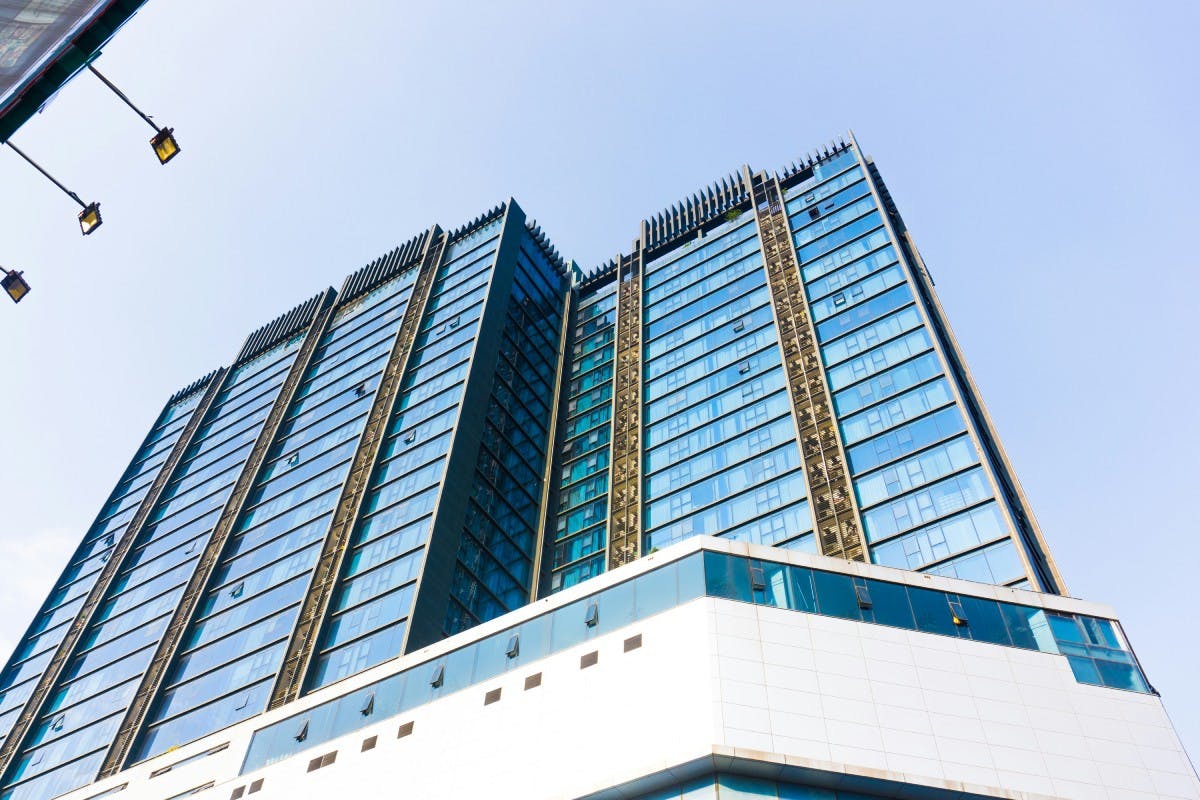Commercial
How change creates value in commercial real estate
Published
08 February, 2022

Us passive property investors, who seek consistent income from a rock-solid tenant, prefer security over risk. We’d take guarantees over possibilities. We’re about knowing what’s ahead of us, and not gambling with our hard-earned capital. But that doesn’t mean we don’t like change.
In commercial real estate, change creates value. How? Well, change can work for you in two ways:
- Changes to the property itself
- Changes in the market (also known as gentrification)
Our latest unlisted property trust is just around the corner. And even with a secure tenant guaranteeing us and our investors a robust income for years to come, there are exciting changes to the property, and to the catchment, which we know will spark incredible value for you – if you choose to invest alongside us.
More on the investment later. Let’s talk about how change creates value in commercial property investment.
How changes to the property creates value

Changes to the property itself can create value. Think of the value-add opportunities, such as repainting or renovating your asset, or even adding a new air conditioner.
Choosing an asset that delivers an opportunity to repurpose or reconfigure is a proven way to add value. Using dormant space, for example, sometimes means your tenant – existing or future – is able to conduct more or enhanced business on the premises. And might pay you a higher premium for the privilege.
You might also repurpose a commercial asset to attract a higher quality tenant, a business which will make a far higher income from the premises. This can give you a chance to charge a higher premium. Divesting an asset like this, when the promised rent is so robust, might even mean a larger capital gain. You might enhance your industrial property investment to attract a Bunnings, or reconfigure your office asset into smaller floor plates to give you a multi-tenanted asset; meaning multiple streams of monthly income to line your pockets.
But reconfiguring a property comes with a caveat: the reconfigured premises should be relevant.
Relevance is your north star when determining whether you should reconfigure or repurpose an asset. Doing it because you heard of another investor making sweeping changes to their industrial asset, which is now a car showroom and earning an additional 10% in rent from a flashier tenant, doesn’t mean you should do the same with yours. You must read the market before making that decision.
If demand is up for one particular asset class and your property falls in a precinct with either a history of occupants in that industry or a clear cause for there to be relevance in the future, then that change could create value.
You must also consider the costs. The potential rental increase must outweigh the capital expenses to make these changes. And if you’re not planning to divest anytime soon, you’ll likely want those costs recouped within a few years.
Proof: Doubling our investors’ capital in two years
50 Arc Place, Larapinta QLD

50 Arc Place, Larapinta QLD: The sale of this asset doubled our investors’ capital in two years.
This commercial property in a AAA-industrial location in Larapinta QLD was one of three assets comprising our Pathway 14 Unit Trust investment opportunity. We bought the property knowing its robust tenant, Energy Power Systems Australia, Australia’s specialised CAT engine dealer, had nine months remaining on their lease. We knew the risk of a vacant property, but we stared that risk in the eye. We created a strategy to ensure CAT signed a lease extension.
One element of this strategy was enabling the occupants to utilise every square metre of the premises. We wanted to enhance their business operations and further satisfy them as a tenant.
We set about repurposing vacant space on the premises by building approx. 1,800sqm of additional hardstand (paved area to store vehicles, machinery, etc.) at the cost of $433,000. The new hardstand attracted additional rental which improved the return for our investors. It also added an additional $600,000 to the property value.
Our investors joined us in the investment in February, 2019. By March 2021, with CAT having signed a significant lease extension, we sold the asset to an institutional investor and doubled our investors’ money.*
While there were many other factors which ensured this result was possible, using change to create value was a major contributor.
*Past performance is not indicative of future returns.
How changes to the precinct creates value (gentrification)

Changes to the market, such as gentrification, can positively impact the value of your property investment.
Gentrification occurs when the character of a precinct or suburb undergoes a positive shift. Such a change can occur a number of ways:
- Influx of affluent residents
- Government infrastructure and development
- New local amenity or areas of interest
- Private residential development
- Gentrification of a nearby suburb (and the increased desirability for yours as a result)
In commercial real estate, the result of this change is higher property values and the ability to attract a far more desirable tenant (and receive a higher, sturdier rental income).

The development of a new transport node in your property’s district, such as a bus or train station, can add serious value to your asset.
While investors cannot create this change in their targeted asset’s precinct, they can look out for it before they purchase.
By understanding what both government and local developers’ plans are for the area, you can predict its likely gentrification. An era of growth could occur because a major transport node, like a train or bus station, is planned in the area, connecting residents to the city’s wider network. Or perhaps a large residential development is expected, a drawcard for affluent occupants, increasing the catchment’s relevance and desirability.
Either way, knowing what’s on the horizon can help predict the future success of your investment. After all, one of the most popular catch phrases is also one of the most true fundamentals of property investing: It’s all about location, location, location.
Beat the crowd to our next investment
Our next commercial property investment opportunity isn’t far away. Want exclusive access to the Information Memorandum (IM) and the chance to invest first? Then subscribe for investment updates. We’ll keep you in the loop a week or so ahead of the investment launch, giving you the opportunity to invest before the investment is offered publicly.




